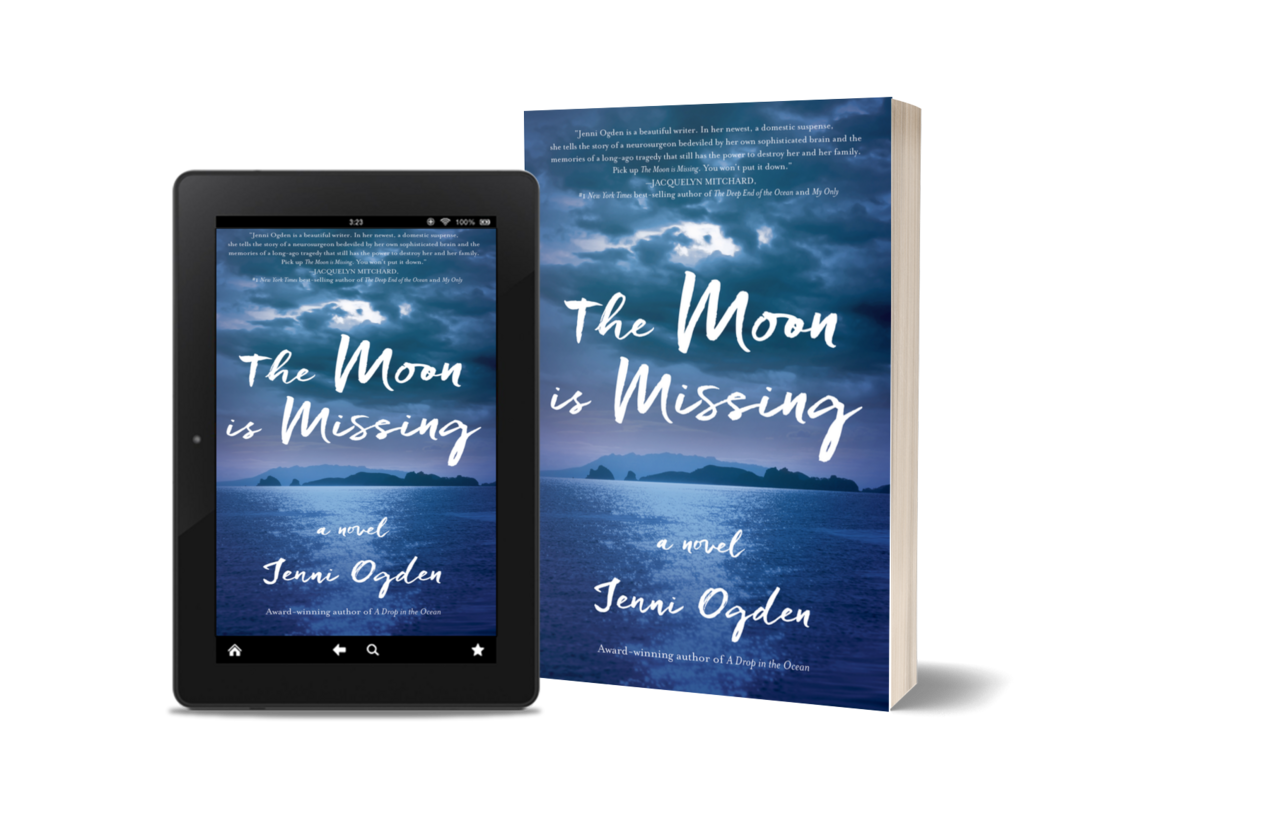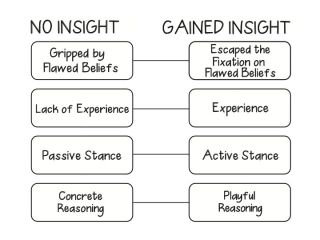just me
Well-known member
- MBTI
- infj
Please share complicit facts with references. Please, no videos or active links: show them not from your own words or thoughts, as we will discuss later. This is a learning tool why some beings can be different! It is time we put it all together in order. Science does not encompass everything without theories.
Clearly, for every x there exists some y > x. However, there does not exist an integer x where x < y for all integers y (since there is no least integer). This is why the first implication doesn't hold. In the second, you have "for all" for both x and y. You are correct that this covers every choice of x and y and the order does not matter. Share mathstackexchange.com
Food for thought. Shall some of us attempt to learn together?
Where does one start for human comprehension? It was made simple, though simplicity sometimes brings denial. We shall, rather, attempt to view this in the parameters of time. Because of denial, it can be difficult and will be. Why do we not seek understanding? May we start in the midst of time?
Shall we seek a temporal understanding of eternity? Beyond what has been stated for thousands of years, do we seek to dismantle?
My goal is to walk through, slowly, through our human experience.
Not all creatures are manifested by X/Y or X/X.
X Y Chromosomes
X Chromosome, Y Chromosome
Reviewed by Psychology Today Staff
Each human cell contains 23 pairs of chromosomes that carry DNA within their nucleus. The X and Y chromosomes, commonly referred to as the sex chromosomes, are one such pair. They determine the biological sex, reproductive organs, and sexual characteristics that develop in a person. Female (XX) mammals inherit one X chromosome from each parent, but males (XY) receive an X from their mother and a Y sex chromosome from their father.
Is a Person's Sex a Social Construct?
Scientists still don’t entirely agree about what exactly makes a person female or male, or even whether sex is a kind of human invention. Psychology today, wikipedia
Clearly, for every x there exists some y > x. However, there does not exist an integer x where x < y for all integers y (since there is no least integer). This is why the first implication doesn't hold. In the second, you have "for all" for both x and y. You are correct that this covers every choice of x and y and the order does not matter. Share mathstackexchange.com
Food for thought. Shall some of us attempt to learn together?
Where does one start for human comprehension? It was made simple, though simplicity sometimes brings denial. We shall, rather, attempt to view this in the parameters of time. Because of denial, it can be difficult and will be. Why do we not seek understanding? May we start in the midst of time?
Shall we seek a temporal understanding of eternity? Beyond what has been stated for thousands of years, do we seek to dismantle?
My goal is to walk through, slowly, through our human experience.
Not all creatures are manifested by X/Y or X/X.
X Y Chromosomes
X Chromosome, Y Chromosome
Reviewed by Psychology Today Staff
Each human cell contains 23 pairs of chromosomes that carry DNA within their nucleus. The X and Y chromosomes, commonly referred to as the sex chromosomes, are one such pair. They determine the biological sex, reproductive organs, and sexual characteristics that develop in a person. Female (XX) mammals inherit one X chromosome from each parent, but males (XY) receive an X from their mother and a Y sex chromosome from their father.
Is a Person's Sex a Social Construct?
Scientists still don’t entirely agree about what exactly makes a person female or male, or even whether sex is a kind of human invention. Psychology today, wikipedia
Last edited:







